The 3 Tibetan New Year festivals promise vibrant celebrations, ancient traditions, and deep spiritual significance. Losar, the grand Tibetan New Year, fills homes with prayers, feasts, and lively dance performances. Gyalpo Losar honours Tibetan royalty, while Tamu Losar marks the new year for the Gurung community. But the festivities don’t stop there! Tibet’s cultural calendar is packed with colourful events like Saga Dawa, celebrating Buddha’s enlightenment, and the Shoton Festival, famous for its giant Thangka unveiling. From the glowing Butter Lamp Festival to the purifying Bathing Festival, each celebration offers a fascinating glimpse into Tibet’s rich heritage!
The 3 Tibetan New Year Festivals Worth Experiencing
Experience the best of Tibet’s celebrations with these 3 Tibetan New Year festivals:
1. Losar
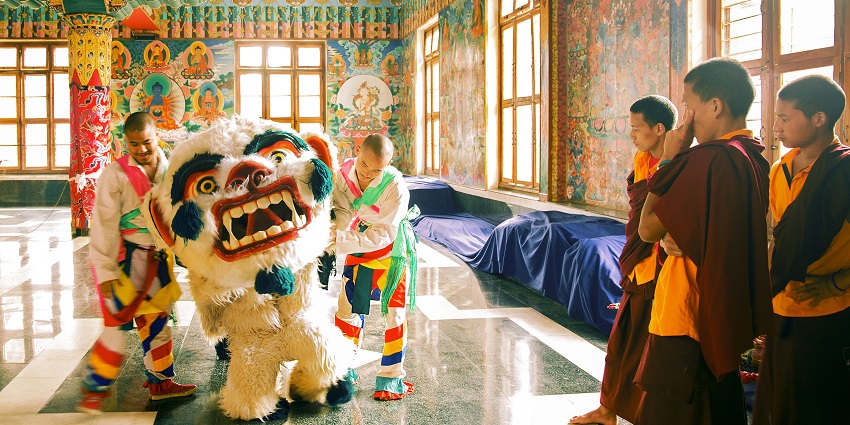
Photo: Ailiajameel / Wikimedia Commons
The main Tibetan New Year festival name is Losar, celebrated with prayers, feasts, and traditional dances. It marks the start of a new lunar year and is Tibet’s most important festival. The Losar celebrations last for 15 days, with the first three being the most significant. Families prepare special foods like Guthuk, a noodle soup with symbolic ingredients predicting fortunes. Monasteries hold elaborate prayer ceremonies, and locals perform the lively Cham dance, depicting Buddhist legends.
Location: Tibet, Nepal, Bhutan, and Tibetan communities worldwide
Specific Attraction: The grand Cham dance performed by monks in monasteries
2. Gyalpo Losar
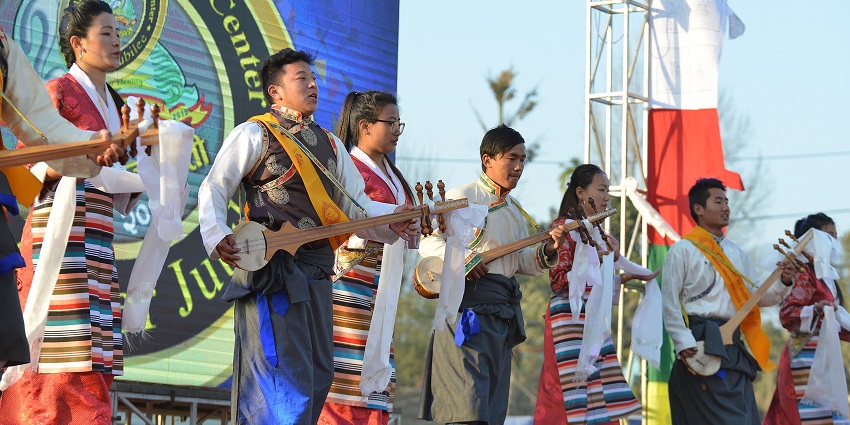
Photo: S Pakhrin / Wikimedia Commons
Gyalpo Losar is the Tibetan Royal New Year, traditionally observed by Tibetan kings and officials. Today, it is widely celebrated in Tibetan Buddhist communities. The festival begins with rituals in monasteries, where monks offer prayers for a prosperous year. Streets and public squares come alive with cultural performances, including masked dances that narrate Tibetan myths. Locals visit temples like Tashilhunpo Monastery to seek blessings.
Location: Tibet, Bhutan, Nepal, and Himalayan regions
Specific Attraction: Public festivities with traditional masked dances and music
3. Tamu Losar

Photo: S Pakhrin / Wikimedia Commons
Tamu Losar is the New Year festival of the Gurung community, marking the end of winter and the beginning of a new agricultural cycle. It is celebrated with grand gatherings, feasts, and cultural performances. In Kathmandu and Pokhara, processions featuring traditional Gurung dances and music fill the streets. Families offer prayers to ancestors, seeking their blessings for the year ahead.
Location: Nepal, especially in Kathmandu and Pokhara, and Gurung settlements in India
Specific Attraction: Traditional Gurung dress parades and community feasts
Important Tibetan Festivals For A Unique Cultural Experience
Experience the rich culture and heritage of Tibet with our comprehensive list of the most celebrated Tibetan festivals:
1. Saga Dawa
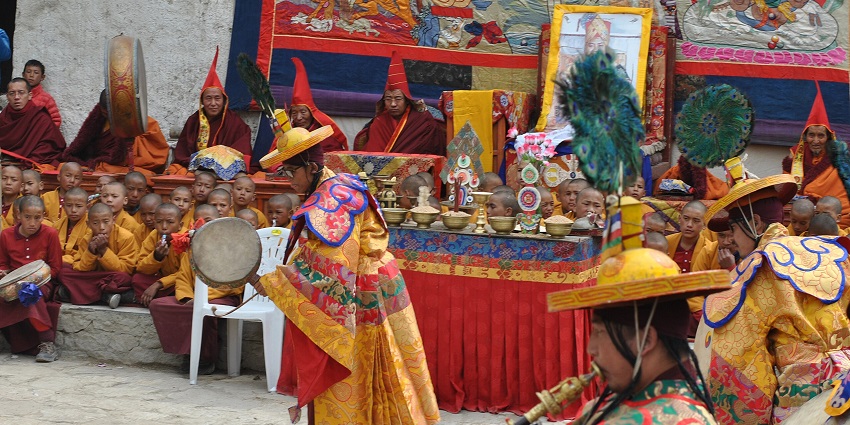
Photo: Sumitssot / Wikimedia Commons / Image For Representation Only
Saga Dawa is one of the most sacred Tibetan festivals, celebrating the birth, enlightenment, and passing of Gautama Buddha. Held on the full moon of the fourth lunar month, it is marked by widespread prayers, pilgrimages, and acts of generosity. Devotees walk around sacred sites like Mount Kailash while chanting prayers. Many participate in life-releasing ceremonies, freeing animals as an act of compassion.
Location: Tibet, Nepal, Bhutan, and Tibetan Buddhist regions
Specific Attraction: The grand circumambulation (Kora) around Mount Kailash
2. Shoton Festival
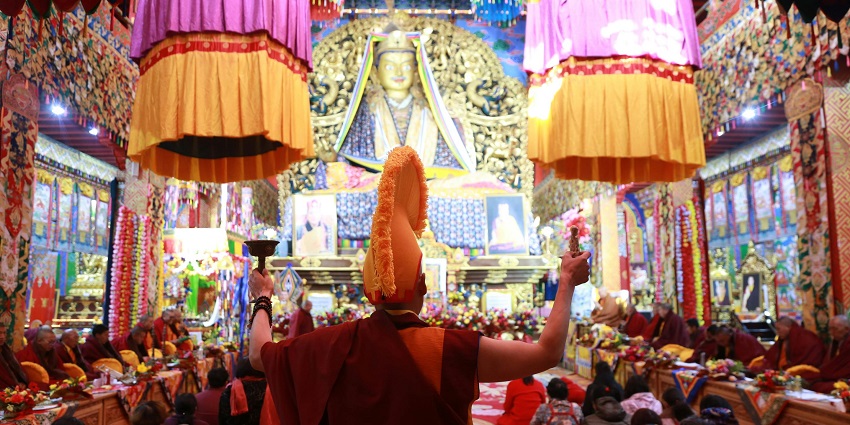
Photo: 锦海 LOMO / Pexels / Image For Representation Only
Also known as the Yoghurt Festival, Shoton is one of Tibet’s liveliest celebrations, blending spiritual devotion and entertainment. It begins with the grand unveiling of a giant Thangka painting of Buddha at Drepung Monastery, attracting thousands of worshippers. The festival continues in Norbulingka Palace, where visitors can enjoy traditional Tibetan opera performances.
Location: Lhasa, Tibet
Specific Attraction: The unveiling of the massive Buddha Thangka at Drepung Monastery
3. Butter Lamp Festival (Chunga Choepa)
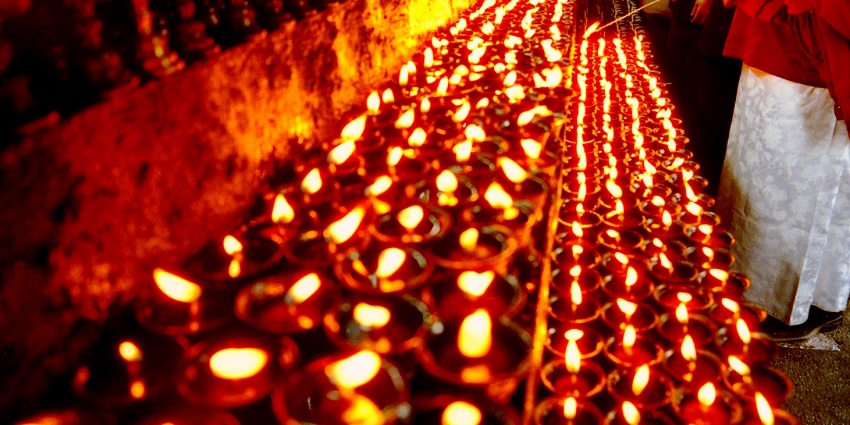
Photo: Yasunori Koide / Wikimedia Commons
The Butter Lamp Festival is a stunning display of thousands of butter lamps, lit to honour Je Tsongkhapa, the founder of the Gelug school of Tibetan Buddhism. Celebrated on the 15th day of the first lunar month, it is marked by religious gatherings at Jokhang Temple, where monks chant prayers and light lamps. Local artisans carve intricate butter sculptures depicting Buddhist deities and mythical figures.
Location: Tibet, especially in Lhasa
Specific Attraction: Elaborate butter sculptures and thousands of glowing butter lamps
4. Bathing Festival (Gamariji)
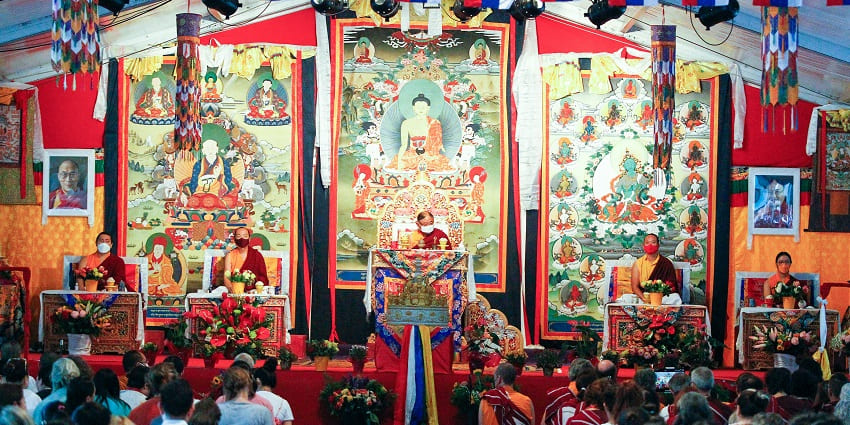
Photo: Norbu GYACHUNG / Unsplash / Image For Representation Only
The Tibetan Bathing Festival is an ancient purification ritual linked to the seven-star constellation, believed to bless rivers with healing properties. For seven days in the seventh lunar month, Tibetans bathe in rivers and lakes, believing it cleanses bad karma. The festival is also a time for community bonding, as families gather near rivers, set up tents, and enjoy picnics.
Location: Throughout Tibet, especially near rivers and lakes
Specific Attraction: Public river bathing and traditional Tibetan herbal baths
5. Ganden Thangka Festival
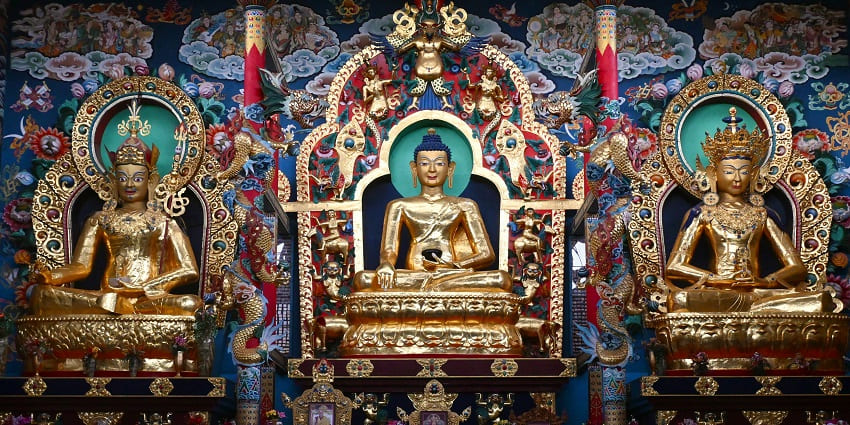
Photo: Demure Storyteller / Unsplash / Image For Representation Only
The Ganden Thangka Festival is an important Buddhist event held at Ganden Monastery, the spiritual home of the Gelug school. The festival’s highlight is the unveiling of a giant Thangka, measuring over 20 metres long, depicting Buddha. Thousands of pilgrims visit the monastery to offer khata scarves and seek blessings. The festival also features sutra chanting, debate competitions among monks, and butter lamp lighting ceremonies.
Location: Ganden Monastery, Tibet
Specific Attraction: Display of the massive Buddha Thangka at Ganden Monastery
6. Horse Racing Festival (Nagqu Festival)

Photo: Bernard Gagnon/ Wikimedia Commons / Image For Representation Only
The Nagqu Horse Racing Festival is Tibet’s most famous equestrian event, held on the vast grasslands of Nagqu. It brings together Tibetan nomadic communities, who showcase their best horses in thrilling races. Apart from racing, archery, wrestling, and tug-of-war competitions add to the excitement. Spectators wear traditional Tibetan attire, and locals set up colourful tents, transforming the festival into a lively fair.
Location: Nagqu, Tibet
Specific Attraction: High-speed horse racing on the Tibetan plateau
Key Traditions: Horse racing, archery contests, wrestling, and nomadic cultural exhibitions
7. Dzam Ling Chi Sang (Universal Prayer Day)
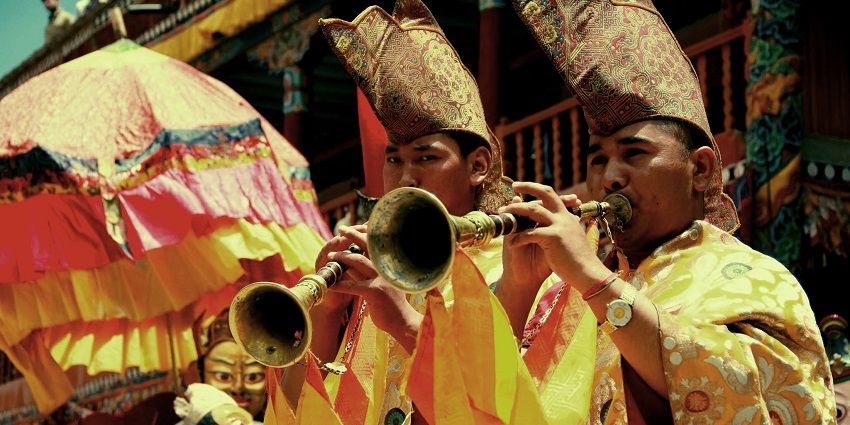
Photo: CC0 Public Domain / Px Here / Image For Representation Only
Dzam Ling Chi Sang, or Universal Prayer Day, is a fire-worshipping festival that falls on the 15th day of the fifth lunar month. Tibetans climb hilltops and burn juniper branches, creating fragrant smoke believed to carry prayers to the gods. Monasteries conduct special fire rituals, and locals make offerings of barley flour and butter to mountain deities. Visitors can join locals in throwing tsampa (roasted barley flour) into the air, a joyful act symbolising good fortune.
Location: Tibet, especially around sacred mountains and monasteries
Specific Attraction: Large-scale juniper smoke offerings on hilltops
Tibetan New Year festivals bring Tibet to life with vibrant rituals, ancient traditions, and deep spiritual significance. From the grand celebrations of Losar, Gyalpo Losar, and Chotrul Duchen to other iconic festivals like Saga Dawa, Shoton, and the Butter Lamp Festival, each event offers a unique glimpse into Tibet’s rich heritage. Plan your visit to immerse yourself in Tibet’s festive spirit with TripXL!
Cover Photo: Jacky Loh / Pexels / Image For Representation Only


 WhatsApp
WhatsApp
 Twitter
Twitter









